Formula 1 is one of the more unique sporting spectacles in modern sport, in that it gives fans access to what the drivers are saying to their teams video the radio broadcasts.
It can be used to provide a bit more context to what is happening in what can sometimes be a complex race, particularly in the case of the opening round of the 2025 season in Australia.
Communication between driver and engineer was critical in that race, as they needed to feedback information on the track conditions and weather outlook. It’s what won the race for Lando Norris and arguably made Ferrari lose out on a top-five or podium finish.
As these communications are managed by Formula One Management (FOM), some of these messages are broadcast to the TV viewers on the world feed. While they can provide fun soundbites, bizarre quotes, and genuine intrigue, sometimes they can be presented without context.
FOM did a great job at chronicling the team orders at McLaren in Melbourne, and last year with the exchanges between Max Verstappen and Red Bull engineer Gianpiero Lambiase in Hungary.
At the last race in China, FOM appeared to overstep the mark with its handling of the radio exchanges between Ferrari and their drivers Lewis Hamilton and Charles Leclerc.
- READ MORE: All you need to know about Scuderia Ferrari from team principal to factory
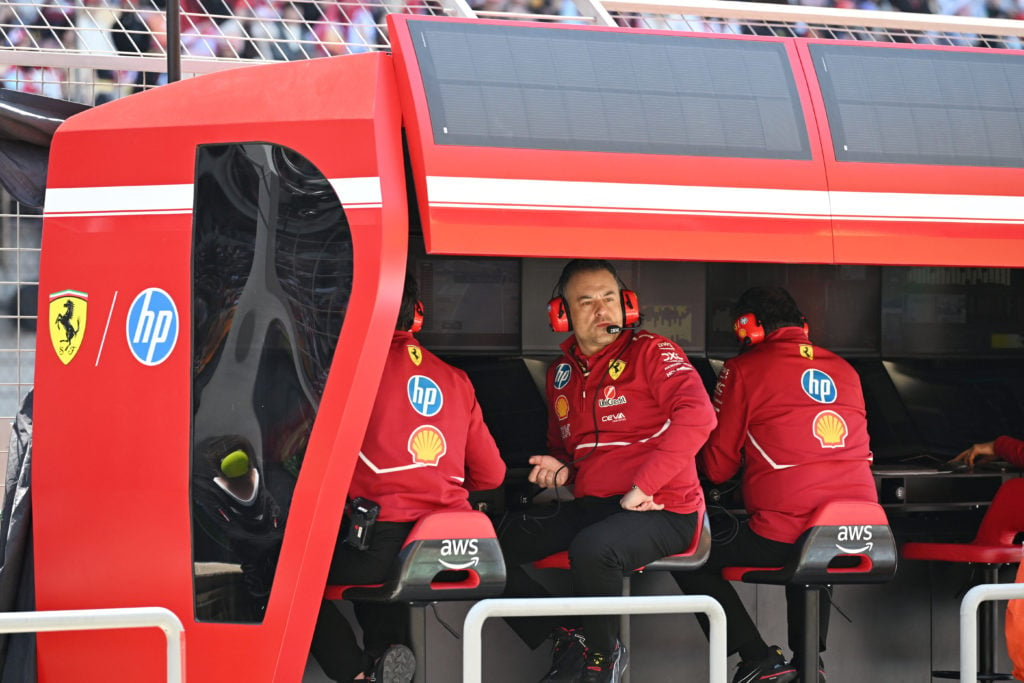
Where FOM went wrong with Ferrari team radio broadcasts in Chinese GP
F1 was accused after the race of manipulating the messages broadcasted on TV to make it look like Hamilton was being ordered by Ferrari to let Leclerc past, with Ferrari team principal Frederic Vasseur branding it a “joke” when speaking to media afterwards.
In reality, it was Hamilton who instigated the swap after noticing his pace had dropped off following his first pit stop and he didn’t want to hinder Leclerc, who found a lot more pace even with his damaged front wing.
Hamilton radioed his team to request a swap but after clearing a couple of cars that were yet to pit, he started to close again on George Russell. This is where it appeared on the broadcast as if Hamilton was ignoring the team when he actually just requested they delay the swap.
When the call came through from Hamilton telling his engineer Riccardo Adami “I’ll tell you when we swap,” it sounded like the seven-time world champion was ignoring team orders. Instead, he wanted to allow Leclerc past without putting himself at risk from losing any time to Max Verstappen.
FOM issued a statement clarifying the matter, having held talks with Ferrari after they complained over its use of Hamilton’s radio message out of context: “There was absolutely no intention of presenting a misleading narrative regarding the Ferrari team radio. Due to other situations developing during the race the message from Lewis was not played but this was not intentional.”
Better context in F1 broadcasts would stop any online discord around teams from going too far
Broadcasting team radio out of context has been criticised by F1 drivers and teams before, notably with Fernando Alonso who has said it makes appear unhappy with his Aston Martin team [via PlanetF1].
The FIA headed a massive clamp down on swearing in F1 over recent months, with changes to the International Sporting Code that now introduce draconian fines for drivers who use foul language in official press conferences.
The governing body has already received retaliation from two drivers unions, including the GPDA and the World Rally Drivers Alliance who stated they will no longer be conducting post-stage interviews in protest.
Swearing has proven to help feed online discourse in studies done by the FIA, but arguably taking drivers comments out of context and twisting them to make a narrative is worse. This fuels abuse towards officials and team members, how many times did you see the Ferrari clown meme pop up in recent days?
If the governing body is serious about clamping down on social media discourse, it would do well to curb FOM’s usage of these radio messages when they are broadcast without prior context.


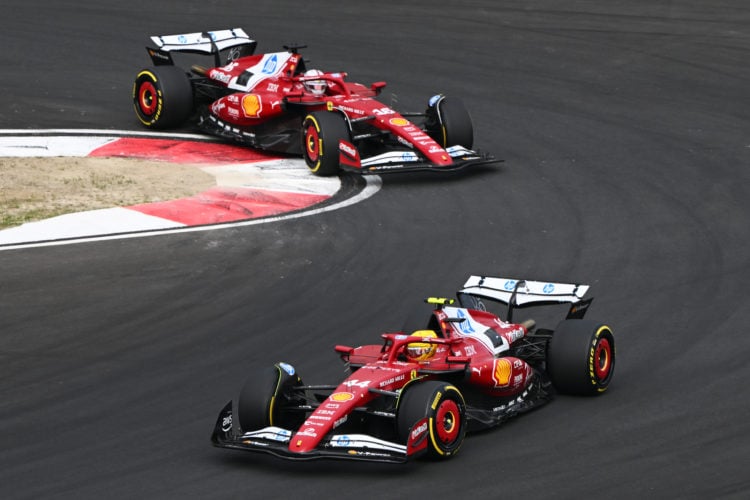
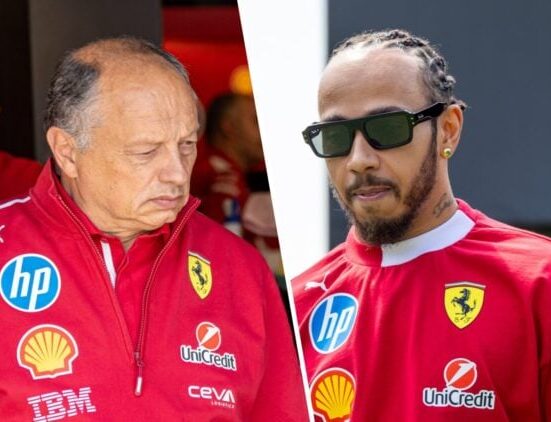


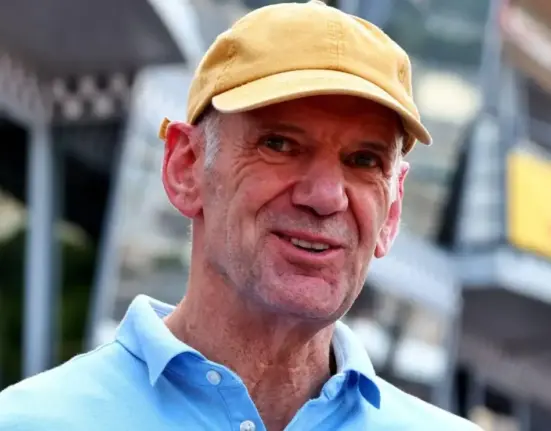


Leave feedback about this